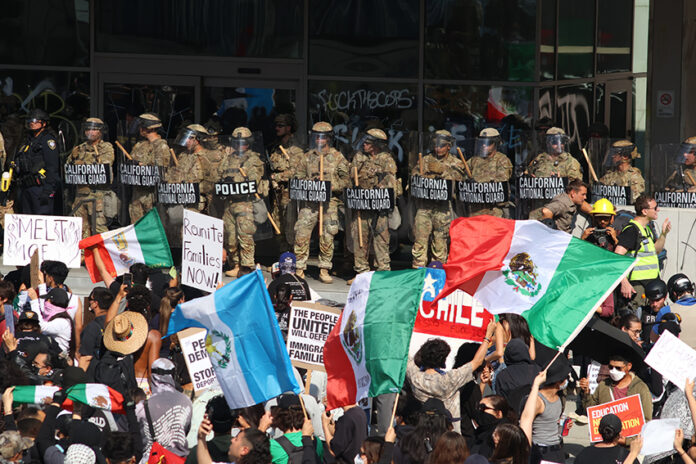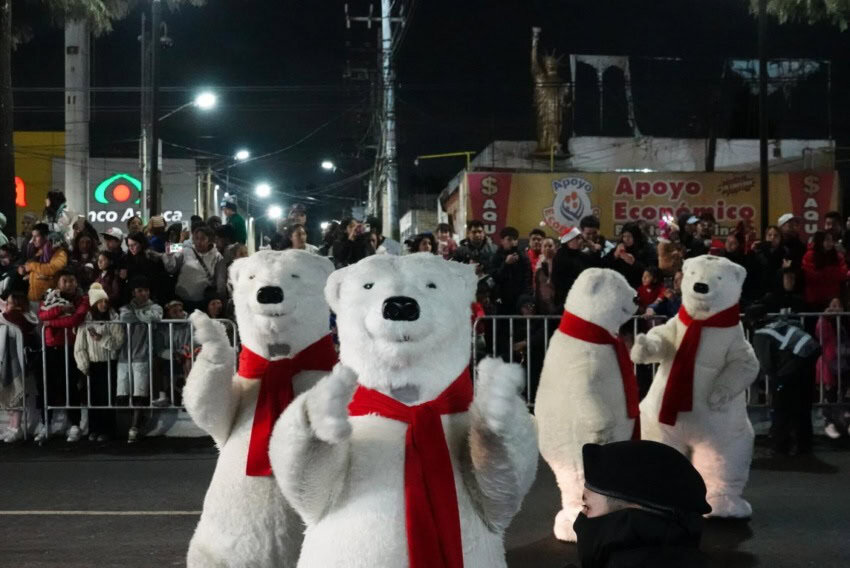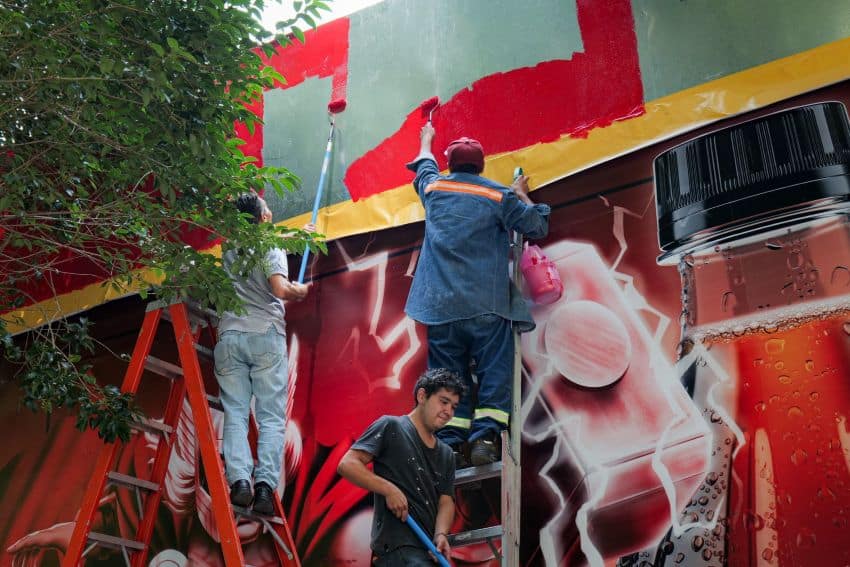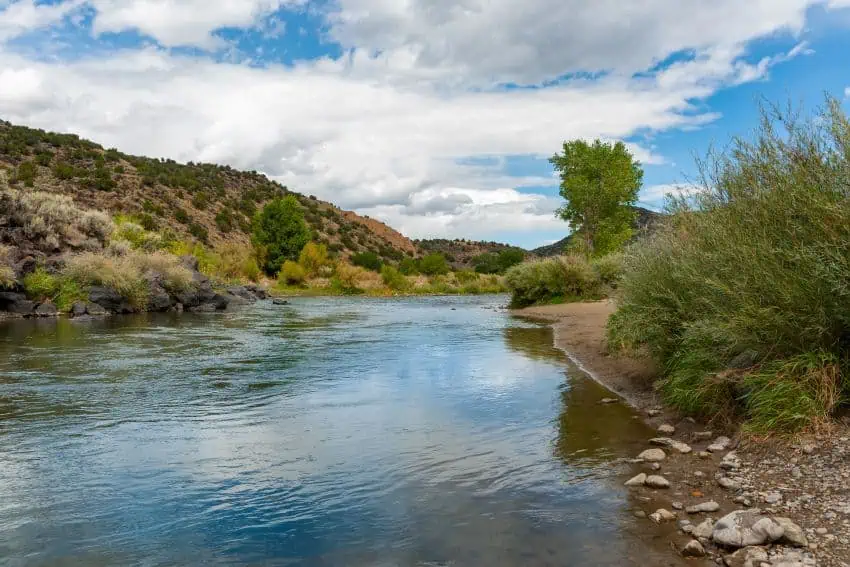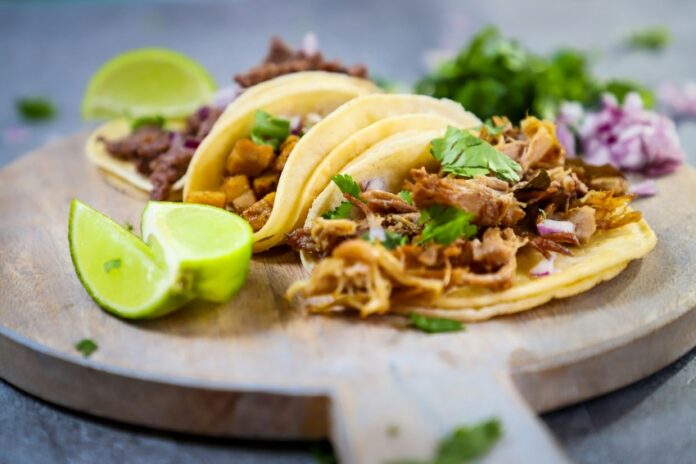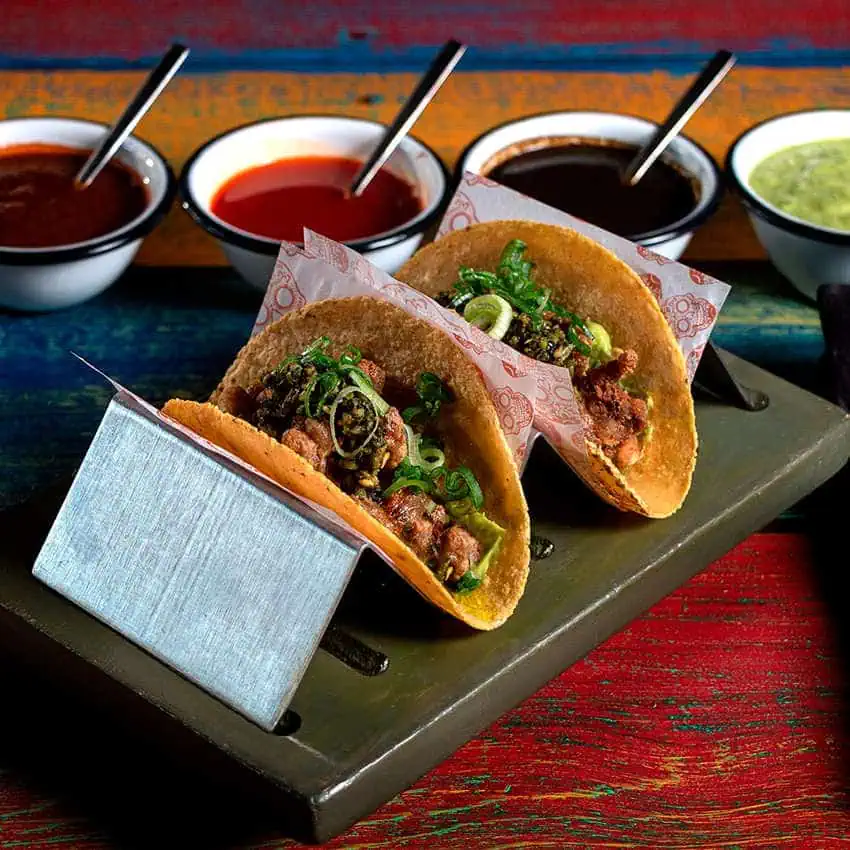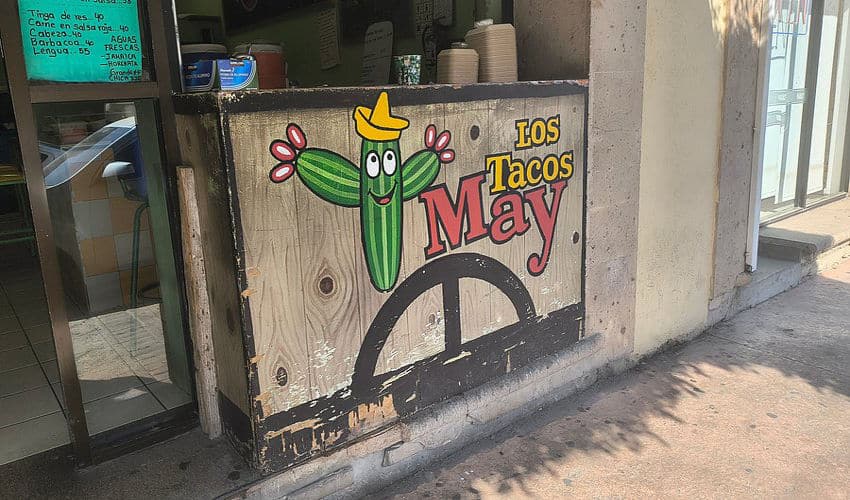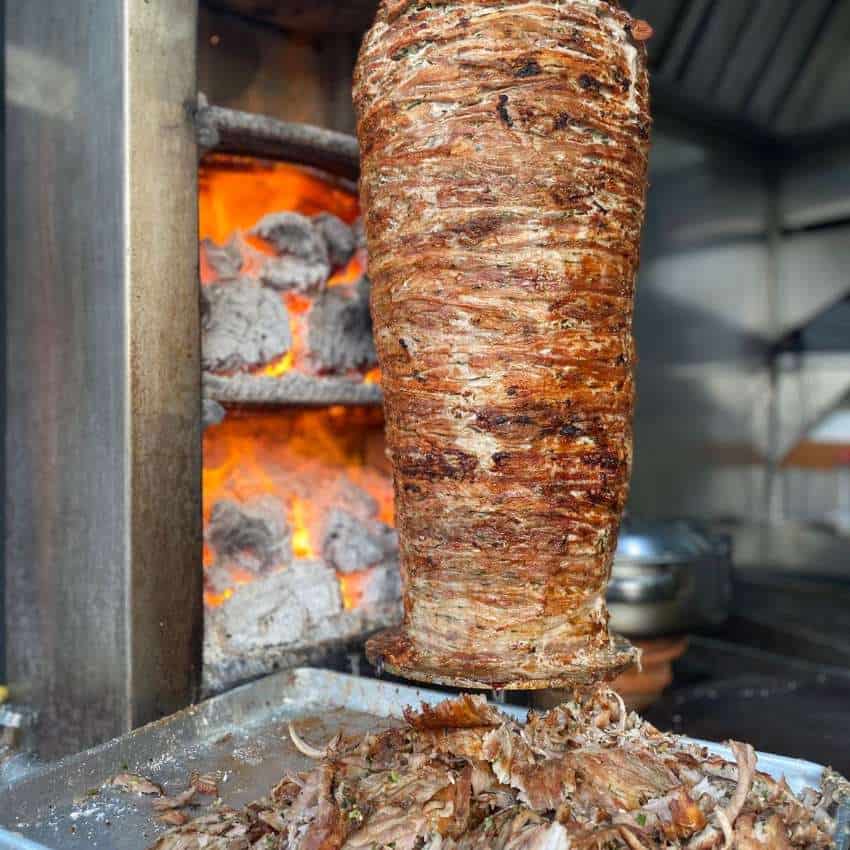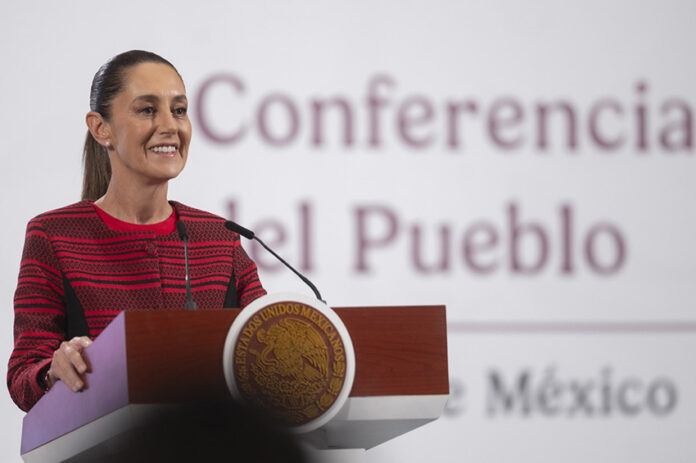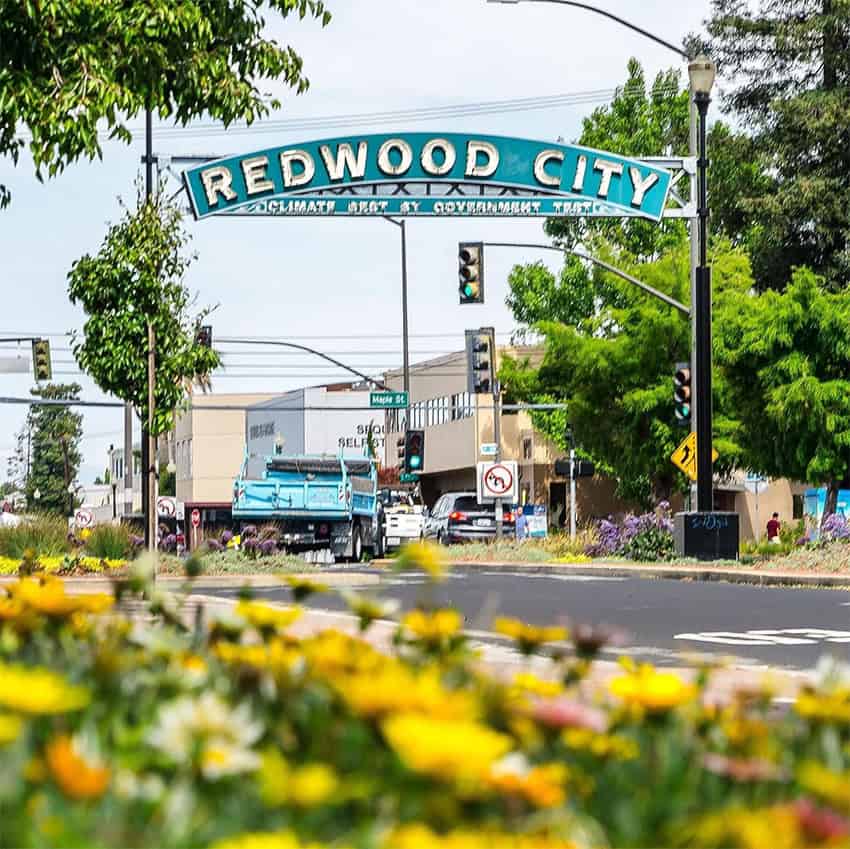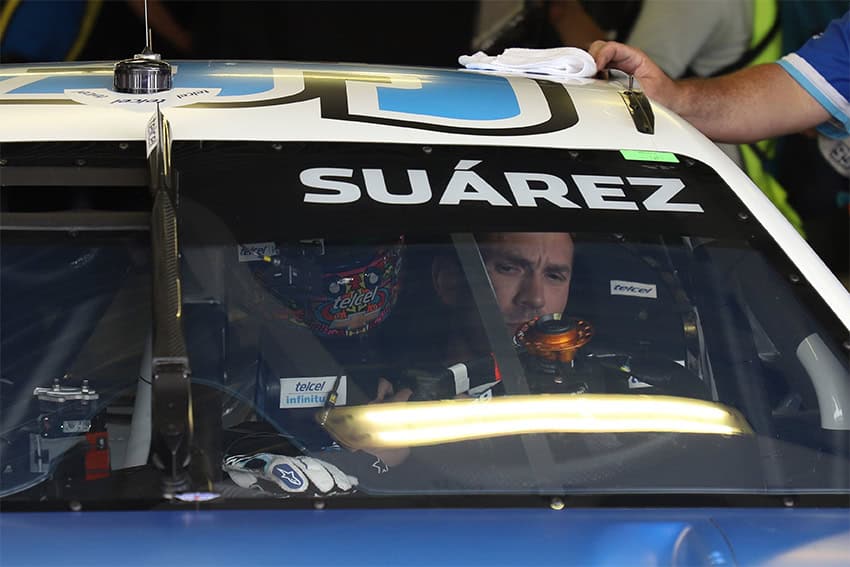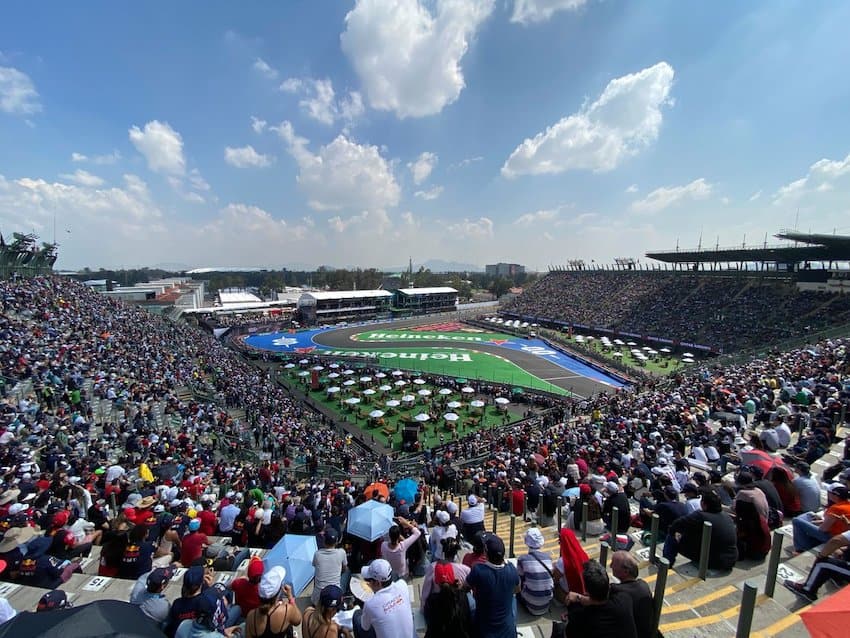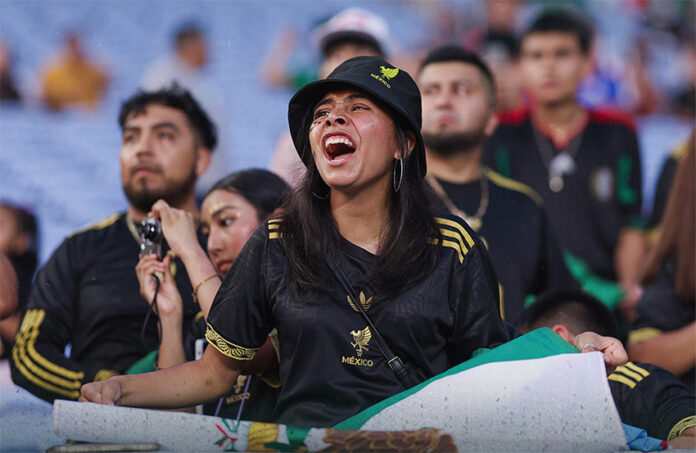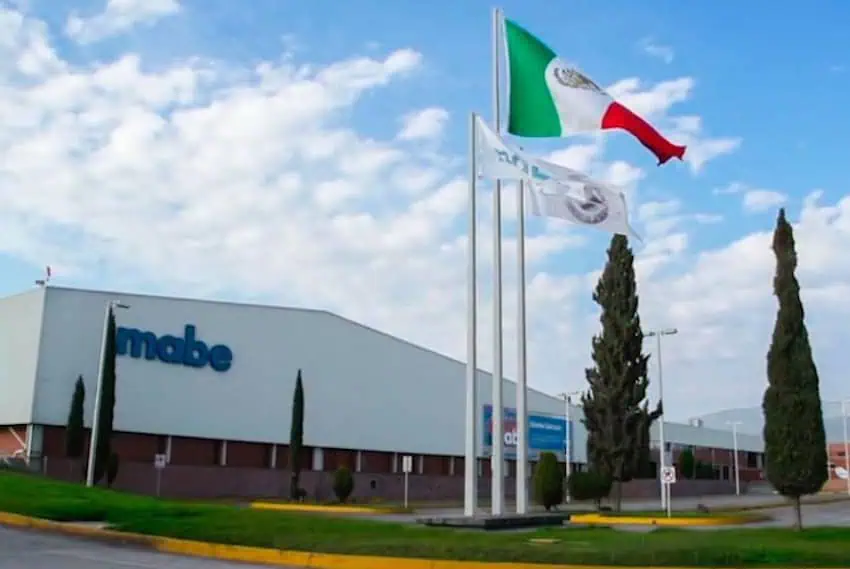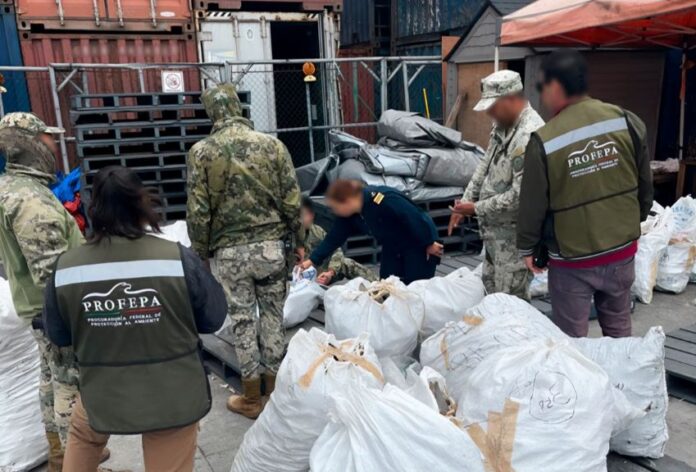As our name says, the focus of the Mexico News Daily team is on what is happening in Mexico. That being said, much of what has been going on in the United States lately is of course very relevant to Mexico. Since Trump became president, Mexico has found itself on the receiving end of a number of serious provocations from its neighbor to the north.
First came the tariffs, in defiance of the free trade agreement between the U.S., Mexico and Canada. An agreement that has been very successful on almost any metric and was in fact updated and ratified in the first Trump term. Then, the Trump administration proposed a 5% tax on all remittances that immigrants (regardless of their legal status) would have to pay on money sent back to family members in their home country. To many, this “double taxation” felt unnecessary and cruel. And of course, more recently, it has been the immigration enforcement (ICE) raids on immigrants that have been steadily ramping up in frequency and intensity.
It’s important to remember that we were told that the initial focus of the ICE arrests was going to be on, to use Trump’s words, “the murderers, the rapists, the gangsters, the bad hombres, the criminals.” Trump told us that there were many of them, and his administration emphasized that they would be the primary focus of ICE activities. But apparently it has not been easy enough or fast enough, or perhaps there are not as many of them as initially thought. And so here we are, now watching cars burn, rocks thrown, and rubber bullets shot in Los Angeles and other major cities across the nation.
The civil unrest has been painful to watch. I have read news outlets from across the political spectrum as well as watched both Fox News and CNN to see how they were covering the events. CNN has seemed focused on boosting its ratings by embedding reporters into the protests as if they were in the middle of a war, with cameras trained on the militarized police force, National Guard members, or injured protestors. Fox News has focused on continuously showing the same footage of cars burning or rocks being thrown, all the while feeding the narrative that the local government has lost control and that anti-American immigrant anarchists intent on destroying America are behind the protests.
Neither network seems to be focused on actually educating and informing viewers with facts. Neither network is trying to calm the situation. Neither network is trying to do what’s best for the country.
And then we have our leadership. In just the past few days, we have seen Senator Ted Cruz post a picture from Minneapolis in 2020, falsely claiming it was an example of the “not-peaceful protests” taking place in Los Angeles. We have seen Homeland Security Chief Kristy Noem claim — from the Oval Office and with zero evidence — that Mexican President Sheinbaum has been “deliberately inciting violence” in the protests. We have seen President Trump post that California Governor Gavin Newsom and Los Angeles Mayor Karen Bass should be apologizing to the people of Los Angeles for “the horrible jobs that they have done” and thanking Trump for “saving Los Angeles.” We have heard reports of the White House pressuring ICE agents to increase their numbers to 3,000 arrests per day — effectively insisting on a quota of arrests. The situation has been made more complicated with what have been real (or perceived — depending on your point of view) examples of weak leadership by Ms. Bass and Mr. Newsom during the recent California wildfires. It’s also of note that many senior Democratic party leaders have been quiet.
Noem accuses Sheinbaum of ‘encouraging violent protests’ in LA: Tuesday’s mañanera recapped
This week I interviewed Tatiana Cloutier, the head of the newly created Institute of Mexicans abroad (IMME). She spoke at length of the stories of fear that are permeating the Mexican community throughout the United States. People are afraid to go out at night. People are afraid to go to work. People are afraid to send money to family back home. Parents are afraid to send kids to school. I was just in the Chicago area a few weeks ago and visited a largely Mexican immigrant school district and heard loud and clear from teachers and administrators that fear is pervasive amongst the kids.
I do not support illegal immigration. I do not support the Biden administration having allowed millions of immigrants to pour into the U.S. over such a short period of time. Many people are rightly angry about what was allowed to happen. The country has a genuinely complicated situation to resolve. But I cannot support the U.S. government instigating and provoking fear amongst its residents — regardless of their legal status.
I felt compelled to write this as I have always believed in American exceptionalism and the values we embody. I have also seen first hand how the world has looked up to the U.S. for being the protector of friends and feared by enemies. As an American, it is painful to see that increasingly no longer being the case. I strongly believe that at this point, we must speak up. How can we sit quietly watching the U.S. federal government rule by fear and intimidation?
The U.S. Constitution enshrines fundamental principles that have made America exceptional: popular sovereignty, individual rights and human dignity. Our founding document establishes that government derives “its just powers from the consent of the governed” and protects individual liberty through checks and balances. These are not mere words — they represent the revolutionary idea that all people possess inherent worth and deserve respect.

It’s easy to oversimplify or demonize the immigrant community, and although most of them are in the country legally, many are not. We need to remember that many of those in the U.S. legally have an uncle, grandma, cousin or friend that is in the country illegally. Is it right to instill fear into the entire immigrant community? Let’s not forget that the vast majority of these people, regardless of their immigration status, are embedded in the fabric of our communities. They work for us and with us. They go to our schools, our churches, our grocery stores and our department stores. Their hard work helps many of us live better lives, and with a higher standard of living, in countless ways.
I would hope that we can stand together on what should be basic concepts that we can all agree on:
- Everyone deserves to be treated with dignity and respect.
- The initial focus must be on real criminals.
- Arrest quotas are unacceptable.
- The lines of state and local authority to deal with protests must be respected.
- Immigration reform is more urgent than ever.
Even if you believe that every single illegal immigrant in the country should ultimately be sent back to their home country, we should at least agree that the process should be done with a basic level of dignity and respect. Respect and dignity for our fellow community members. If you agree with that, how can we stay quiet when, in many cases, respect and dignity is clearly not being given?
I will leave you with a quote from Martin Luther King Jr.
“In the end, we will remember not the words of our enemies, but the silence of our friends.”
Travis Bembenek is the CEO of Mexico News Daily and has been living, working or playing in Mexico for nearly 30 years.
